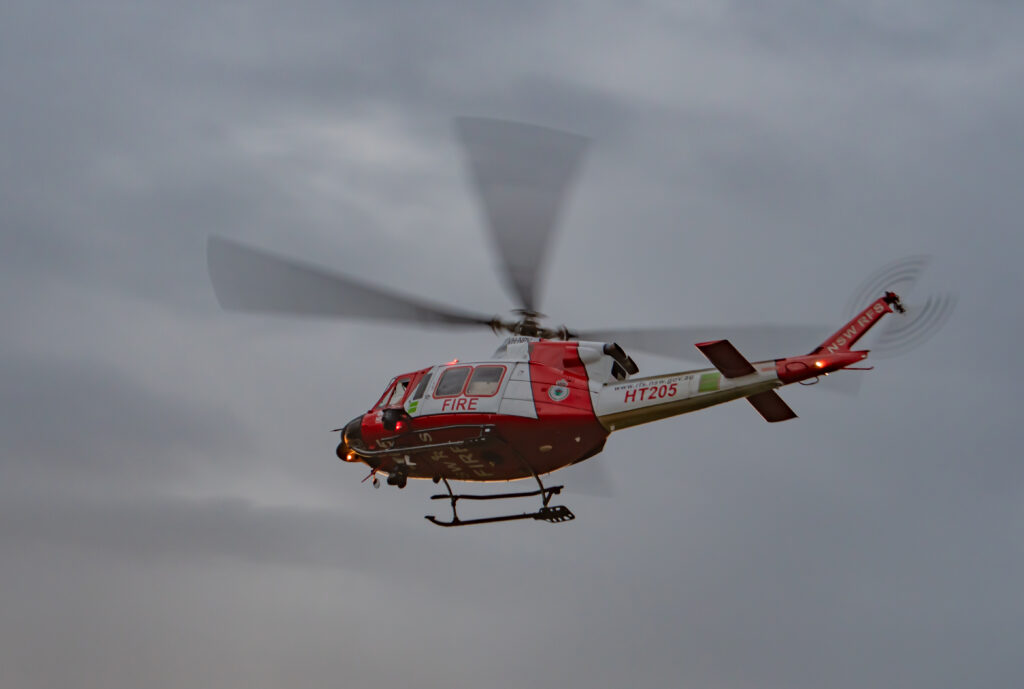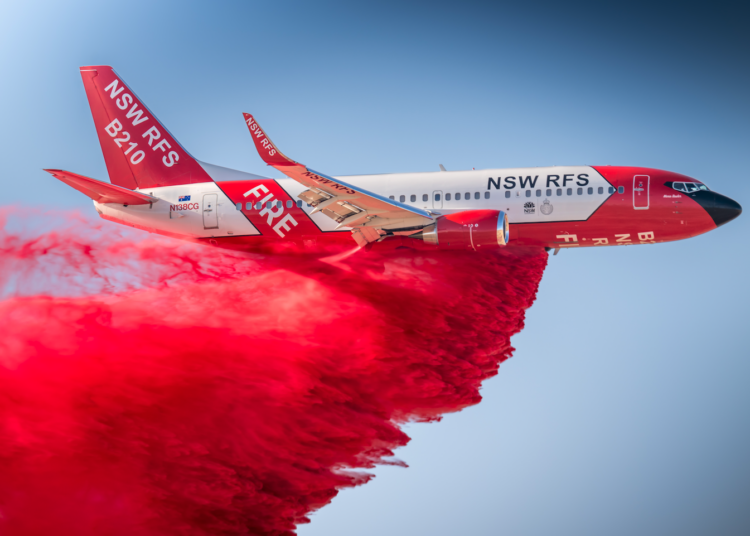Cover image by Aaron Maurer
The state of New South Wales (NSW), on Australia's east coast, was the hardest hit by the 2019/2020 fire season. Easily one of Australia’s most devastating fire seasons, it earned the title "Black Summer."
An independent inquiry commissioned into the fires resulted in numerous recommendations for change, providing NSW with the impetus to improve its aerial firefighting, moving forward with many state-of-the-art aircraft, technology upgrades and overall changes in the way the responsible agency, the NSW Rural Fire Service (RFS), approaches aerial firefighting operations.
During a visit to Australia in 2022, AerialFire visited multiple facilities owned or leased by the RFS, including its Headquarters at Sydney Olympic Park, which houses an ultra-modern communications and operations centre, and the leading training academy in the regional township of Dubbo, which will soon feature the new Aviation Centre of Excellence.
The evolution of the RFS aviation capabilities started with a Squirrel helicopter it purchased second hand from the NSW Forestry Corporation, which then led to the purchase of two BK-117 helicopters before the service opted for the Bell 412 helicopters which gives the agency greater capacity and flexibility.
Like fire services in other Australian states, the RFS initially relied on an almost entirely contractor-supplied aerial firefighting response to bush fires across the state, which spans 809,444 square kilometers (312,528 square miles). The devastation of the Black Summer fires, which burned a record 12,000,000 acres - including 1.5 million acres in the Gospers Mountain Megafire Complex alone - has led the agency to re-evaluate how it fights fires over such a large land mass.

As a result of this wide-ranging examination, the RFS now owns largest aerial fire-fighting fleet in Australia. The Service is recognised as a leader in this field, both nationally and internationally, regularly deploying aircraft and personnel to support partner agencies.
The RFS engages aircraft in three ways:
- RFS owned aircraft – a Large Air Tanker, three fixing wing aircraft and seven helicopters (including a CH-47 which is expected to arrive in July 2023).
- Seasonal Contracted aircraft – through the National Aerial Firefighting Centre (NAFC). Additional NAFC aircraft may also be engaged on a shorter-term contract by fire season, dependent on need and seasonal outlooks.
- NSW State-based Call When Needed (CWN) – aircraft and aviation fuel services available through CWN arrangements.

Just prior to the Black Summer fires in 2019/20, the Service was fortunate to have acquired a state-owned Large Air Tanker (LAT) with Canadian-based operator Coulson Aviation supplying a Boeing 737 Fireliner. This aircraft, named "Marie Bashir" after the former Governor of NSW, remains based at the Royal Australian Air Force base in Richmond, from where it can deploy and be on scene anywhere in the State within one hour. During the 2019/2 season, the ‘Marie Bashir’ was an integral part of the firefighting effort.
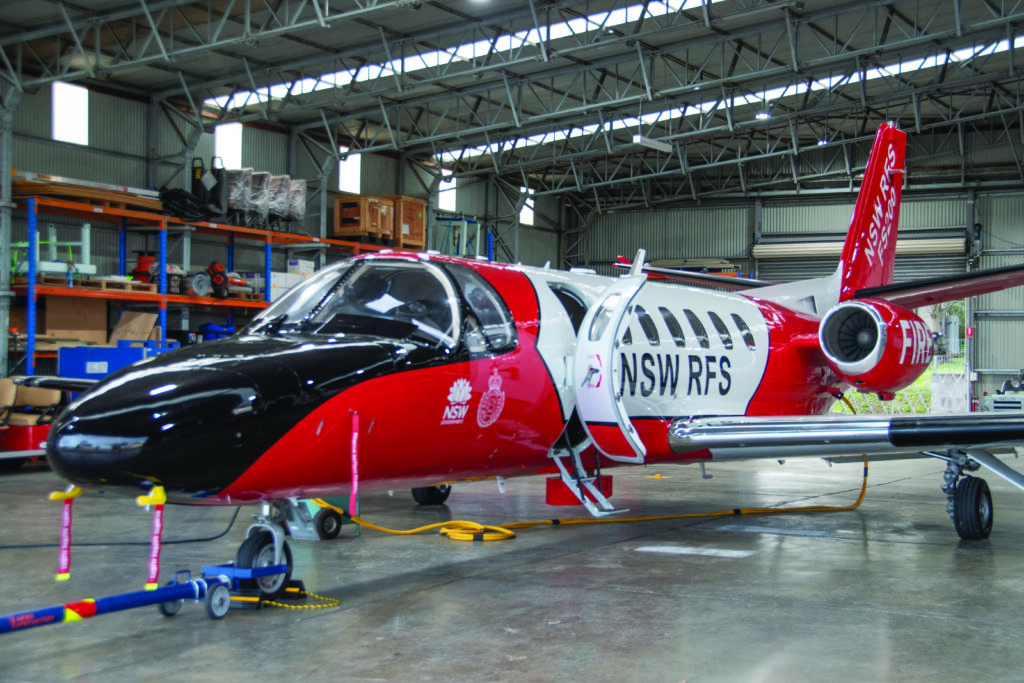
This was followed by the addition two Cessna Citations equipped with advanced line scanning and IR capabilities to provide fire mapping and monitoring and the purchase of six Bell 412 aircraft, three of which are now stationed around the State for regional fire and other emergency operations, including search & rescue. NSW immediately became the most capable in the country with eight full-time operational aircraft that have been deployed in response to fire emergencies and other natural disasters, such as the widespread flooding that affected areas of regional NSW in 2022.

These floods triggered a statewide emergency response, in which the state's fleet of helicopters played a key role in assisting the NSW State Emergency Service with emergency evacuations from flooded properties, reconnaissance, flood mapping and resupply of emergency provisions to properties cut off by floodwaters. The Cessna Citation aircraft, in addition to firefighting duties, continue to be used to scan and map flood affected areas for the NSW State Emergency Service and transport emergency responders around the State.
The RFS’s approach to contract versus owning is based on market availability value to money, and the specialisation and risk factor of the role being undertaken. The RFS’s ownership of large firefighting aircraft LAT and CH-47 is in response to the increasing costs and difficulty obtaining those resources from the Northern Hemisphere.
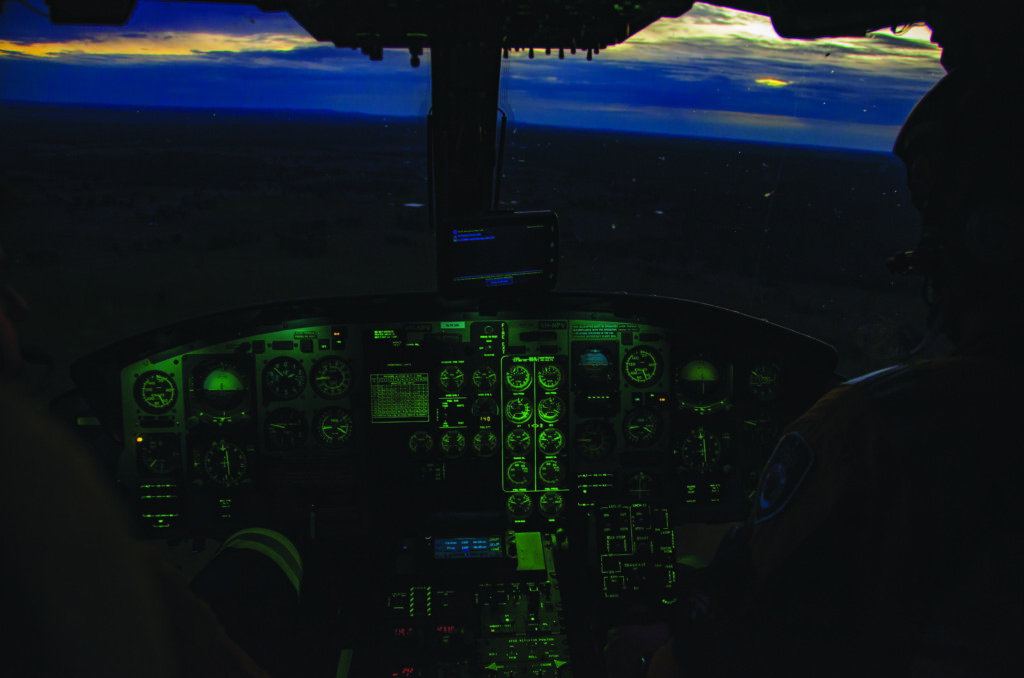
The other deliberate strategy taken by the RFS is to wherever possible multi-role and multi-hazard aviation assets. This has both a cost advantage but also clear service advantage. This is evident on the Bell 412’s which can do SAR in both fire and flood, camera work mapping fires as well as firefighter transport and insertion. Another example of this is the citation jets doing lead plane work as well as fire mapping.
State Operations Centre
The RFS State Operations Centre is staffed by NSW RFS personnel however accommodates liaison officers from all emergency services and other key Government agencies with a role in an emergency response scenario. This includes (but not limited to) NSW Police Force, Fire Rescue NSW, National Parks and Wildlife Service, Forestry Corporation, NSW Ambulance, NSW State Emergency Service, Transport, Energy & Utilities, Telco Authority and the Australian Defence Force.
All agencies work together for the common goal, with representatives managing each component of the response as it relates to their agencies. The RFS has multiple officers who work within the centre that houses more than 100 work stations, flanked by a 14-foot wall of screens that feeds relevant data to each service, including agency-specific data, fire and flood mapping, weather radar, news media coverage and any other pertinent data needed for the specific scenario at hand.
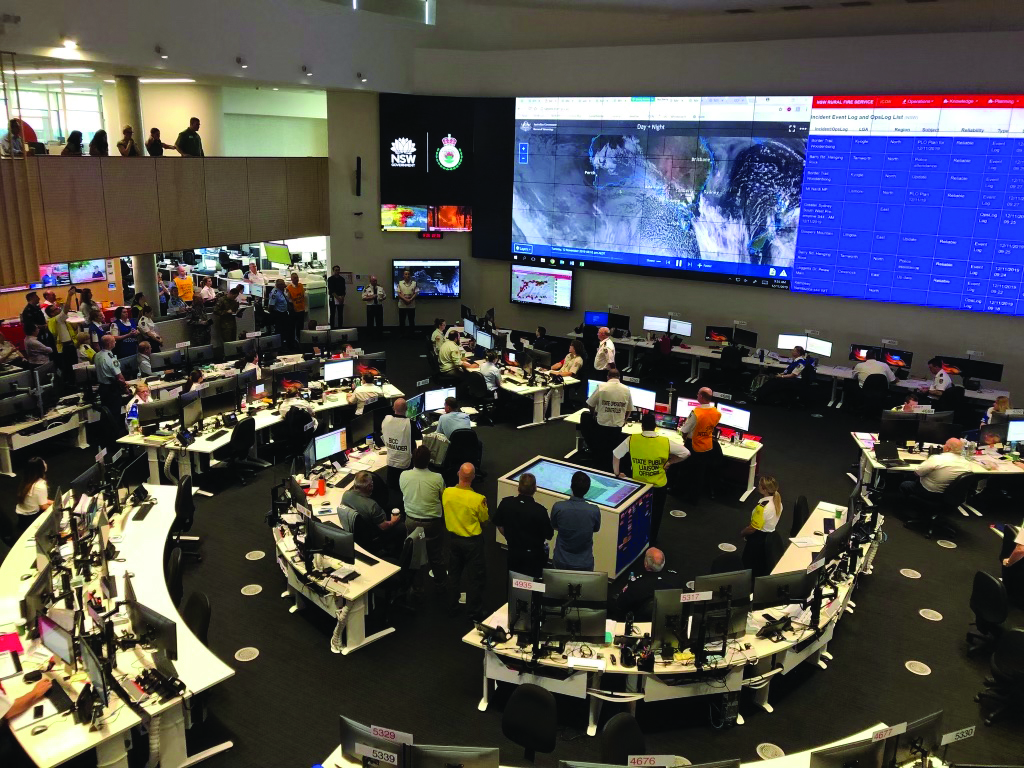
NAFC ARENA system
The RFS and other fires agencies in Australia use a purpose designed & built system by the National Aerial Fire Fighting Centre (NAFC) named ARENA to source and task aircraft to fires and other emergencies. This is a national software system to manage, source and task aircraft to fires and other emergencies in a timely and cost effective manner.
Combined with the New Zealand-based company TracPlus's system, the RFS tracking capabilities of both state-owned aircraft and contractors allow for in-depth tracking of water and retardant drops on fires.
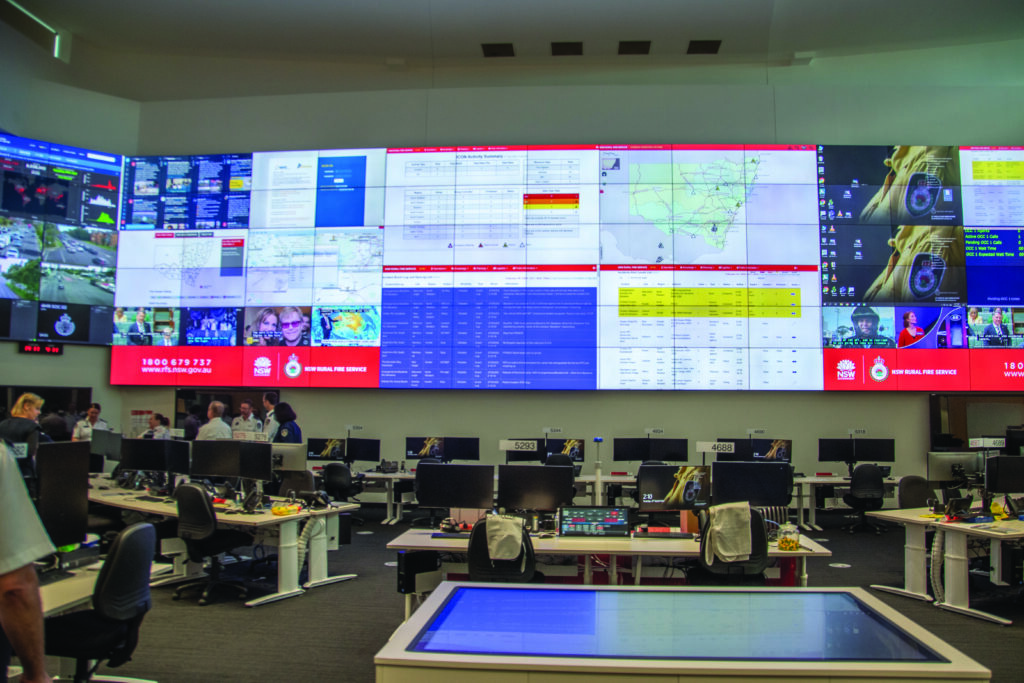
This provides the additional advantage of being able to monitor contract compliance on times taken to reach a fire, amount of retardant or water drops made on fire to not only track the effectiveness of aircraft combatting a fire but also to use for comparisons when needed to evaluate the effectiveness of aerial fire-fighting operations, that ultimately assists the agency in planning resource requirements for future fire seasons.
Dispatch & Tasking
During fire operations, the RFS State Air Desk is responsible for aircraft dispatch, working with a cadre of dispatchers who also help handle the load of deploying aircraft that could be airborne during fires like those throughout Black Summer fires where over 130 aircraft were actively tasked on a single day.
RFS has over 150 personnel trained to perform aviation roles in local Incident Management Teams such as Air Attack Supervisors, Air Operations Managers, Aircraft Officers and Air Base Managers.
Advantages
RFS Director State Operations, Assistant Commissioner Ben Millington, said one of the key advantages to the operations centre was the ability to have all the relevant services in one place during an emergency response scenario, preventing double tasking of services on the same call or assigning the wrong resource to an event based on specific needs.
Part of the operational deployment of all agencies in the operations centre during an emergency response is that every person in the room has the power to make decisions for their agency, speeding up response from the respective agency when there is a need for aircraft or personnel to be assigned to assist in a specific scenario.
ATHENA system
Although there is still much debate about the use of artificial intelligence in various spaces, the RFS has employed a version of AI to assist with fire prediction. The ATHENA system combines fire scan GIS data, mapping, ignition points and wind into a useable data source that the RFS can funnel into what's called a 'fire prediction model' to assist command staff in planning the fire response needed in specific areas for both ground and aerial asset deployment.
ATHENA will run 10,000 probabilities of potential fire tracks in two minutes, factoring in all relevant information on the fire and giving multiple different layers of information that can assist not just the firefight but other service responses where needed.
Overlayed with homes vulnerable facilities and critical infrastructure, ATHENA is a very powerful tool for enhancing situational awareness and decision making.
Fire Mapping
During a fire, the RFS Cessna Citation aircraft use advanced hardware and software in the aircraft operated by a GIS operator stationed in the rear of the aircraft to generate scans between 12,000 and 20,000 feet, producing scans at 2.5cm pixels and KML shapefile generation for immediate use.

The information gathered by the aircraft then allows staff on the air desk to use software to draw a map of the area required to be scanned. Flight planning approval is also done within the software and transmitted directly to the aircraft. The onboard hardware and software interfaces allow the aircraft to automatically send the scanned data back to the operations centre for interpretation and planning to coordinate further airborne firefighting operations.
This system is installed in the Cessna Citation and the Bell 412 aircraft, equipped with high-resolution FLIR 380HDc cameras capable of mapping. While the Citation aircraft are used more for mapping out a response in a long-term plan, the Bell 412's capability allows the aircraft to map the area of existing fires or pop-up fires such as those generated by lightning strikes, enabling the operations centre to more accurately pinpoint fire lines and direct ground and aerial assets to fight the fire as well as communicate to the public the need to evacuate or take other actions.
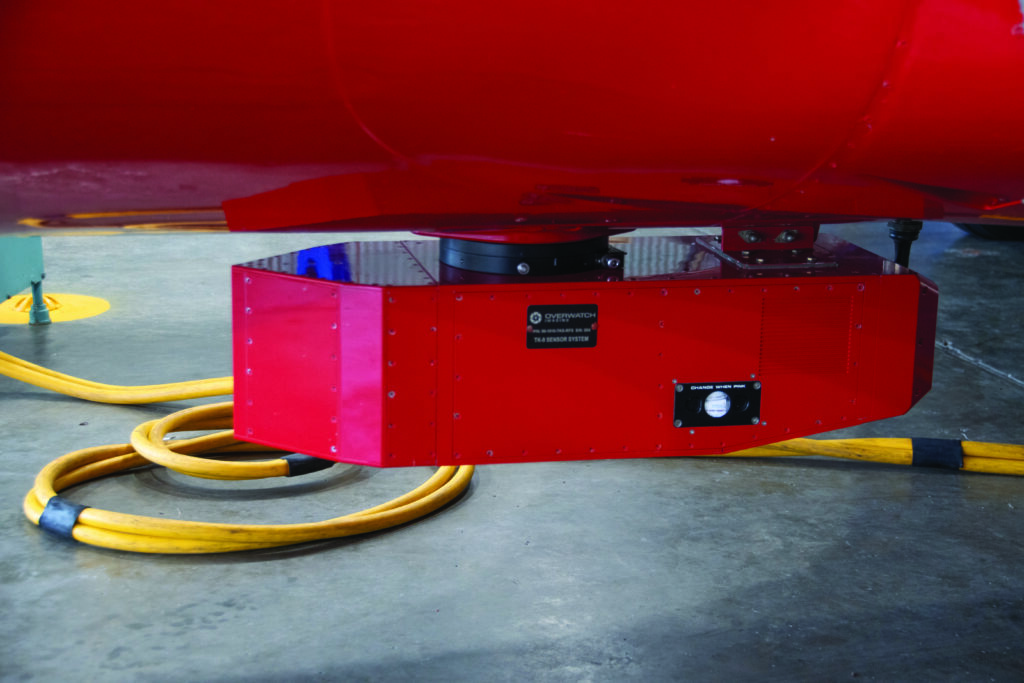
Bell 412
One of the most significant purchases in terms of capability and immediate return on investment for the RFS has been the fleet of six Bell 412s which are based in metropolitan and regional parts of the State. The aircraft are maintained and operated by Coulson Aviation and CareFlight through unique contractual arrangements.
The Bell 412 helicopter has proven to be a formidable asset, performing hundreds of flood rescues with trained crew members during recent flood emergencies across the State. Work is also underway to enable these aircraft to operate at night for intelligence, transportation and search & rescue purposes.
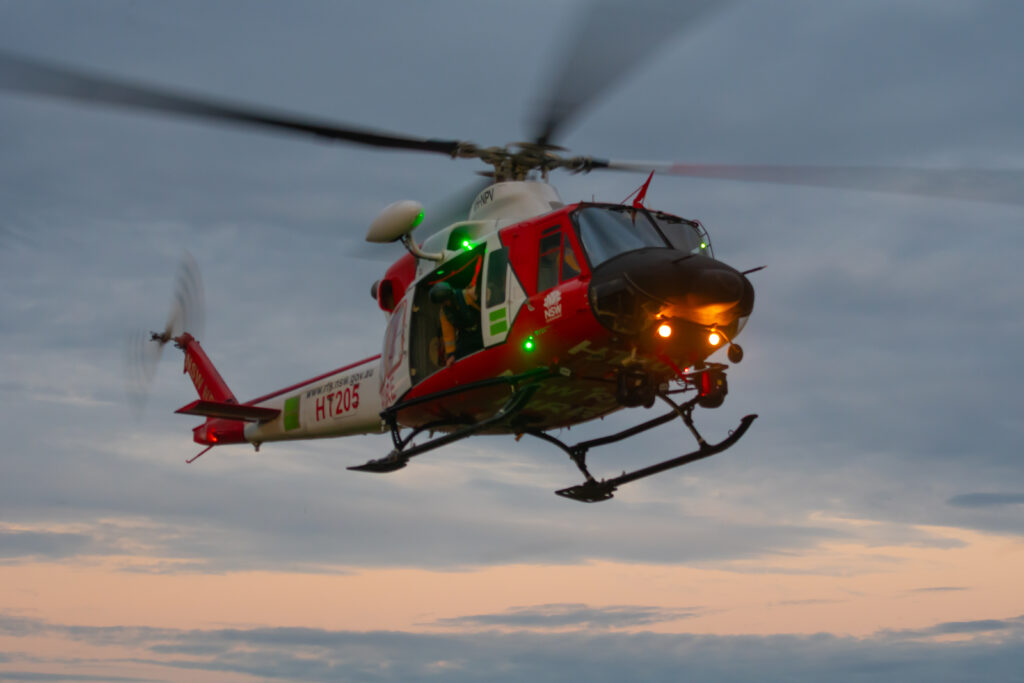
The multi-role functionality of these aircraft has become an immediate asset to the agency, providing the ability to be used as a search and rescue platform, aerial mapping aircraft and rapid response deployment aircraft for repelling fire crews, in addition water bombing using a belly tank or Bambi bucket.
The RFS also plans to use the aircraft's high maximum gross weight capability to potentially long line machinery in to fires when needed and has trialled a custom-built piece of equipment called a 'green climber'. Essentially a remote-controlled posi-track machine with a mulching head, this will allow the aircraft in certain circumstances to mulch away brush in the line of the fire, starving small start-up fires of the fuel they need to expand.

State Training Academy
The RFS State Training Academy, located five hours west of Sydney in the regional city of Dubbo, serves as the hub for new operational staff recruits and volunteers undertaking advanced training and as a regional training hub for the Service on a state-of-the-art campus within walking distance of Dubbo airport.
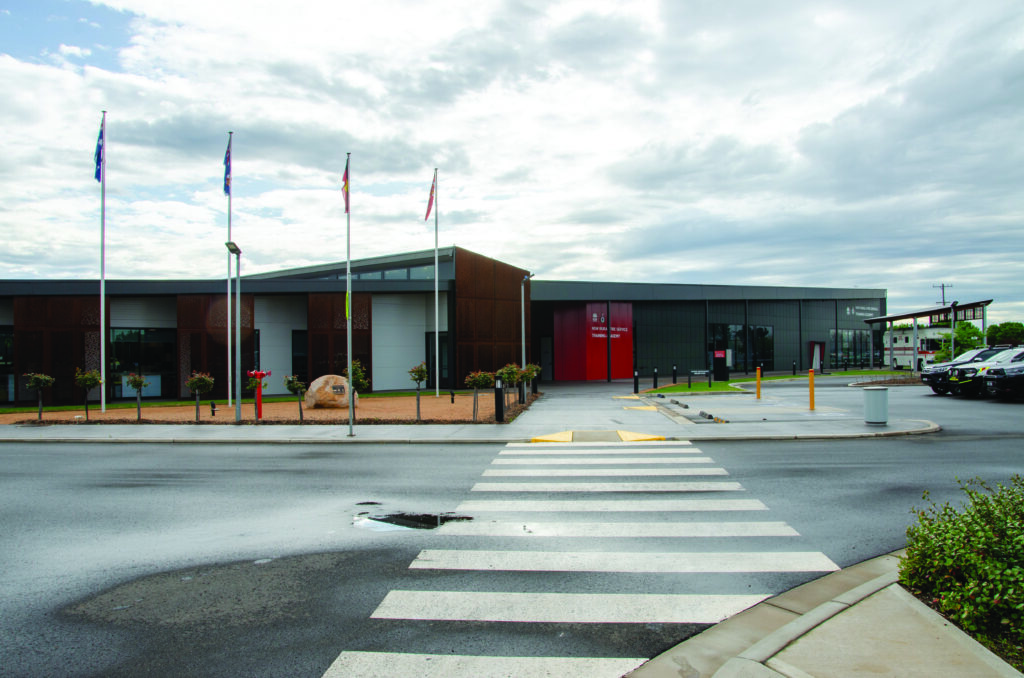
The campus features full-time accommodation on campus for more than 100 students, a spacious classroom setting with modern equipment including a full virtual reality aviation simulator that allows students to see a fire traffic area in 3D, allowing instruction on many different aspects of aerial firefighting.
The Academy grounds are also the site of the new Aviation Centre of Excellence, due to open later this year. The centre is costing AUD 8.0 million (5.44m USD) and will house advanced training facilities including several different simulators for aerial supervision & tactical training. The centre will not only provide training opportunities for RFS aviation specialists but also those from other fire services around Australia.
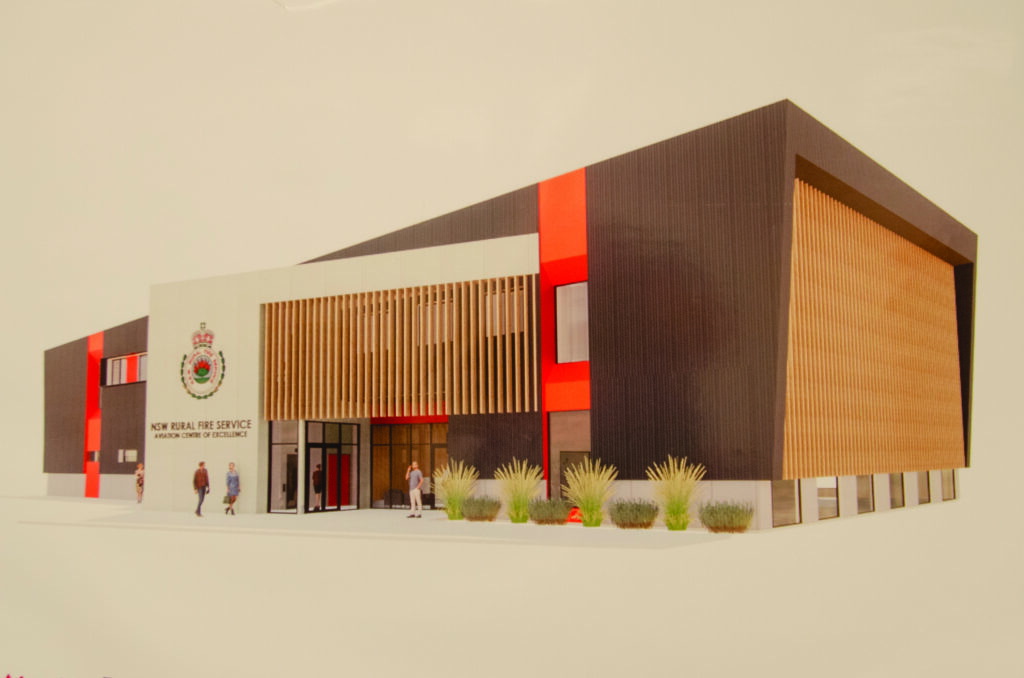
The RFS will host the international Aerial Firefighting and Search and Rescue APAC 2023 (‘Tangentlink’) Conference at the Academy in August 2023.
Commissioner Rob Rogers said the Service looked forward to welcoming delegates to the conference, would be a valuable showcase of the Service’s aerial firefighting capabilities and training facilities.
“Aerial firefighting, in support of ground crews on the fire ground, is a vital tool to help stop or slow a fire’s run and protect lives and assets in its path,” he said.

“The Tangentlink Conference will provide an opportunity for specialists in this field to learn more about the continuing technological advances for fixed wing and rotatory aircraft and potentially drones and the benefits this can provide in fire planning and decision making.”
Sovereign Capability
One of the most significant recommendations of the Royal Commission into the 2019/20 fire season was the need for states to develop 'sovereign capability'. At the date of this article, NSW remains the only State in Australia to develop, in a relatively short amount of time, a respectable cadre of aircraft that is also capable of multi-mission dispatch and deployment to assist other States in times of need.
RFS Deputy Commissioner Peter McKechnie said the RFS fleet was important for several reasons.
“Although contract aircraft will remain foundation to aerial fire-fighting operations in NSW, there remains a need to develop a sovereign fleet due to supply & demand issues. We have definitely seen an increasing need for fire-fighting aircraft in Europe, Asia and South America,” he said.

“Common agency owned aircraft has also enhance familiarity and in turn safety of our air crew who perform specialist tasks such as winching. It also ensures aircraft can be positioned where we want them and where we want them – on a 24/7 basis. This ultimately gives us surety of service and maximizing tax payer monies.”
Deputy Commissioner McKechnie said “We have also ensured all of our aircraft can be used for a variety of roles across various hazards – whether that be fire-fighting, flood operations or search & rescue.”
Conclusion
The NSW Government and RFS have taken the national lead in setting the standard for the evolution of airborne fire response capabilities. Coming from what was once a one hundred percent contractor-led firefighting capability to not only taking a more significant role in state-owned assets but thinking outside the box in maximizing the capabilities of the aircraft has shown a sizeable return on investment on the purchase of state assets to protect the lives and property of the people of NSW.
